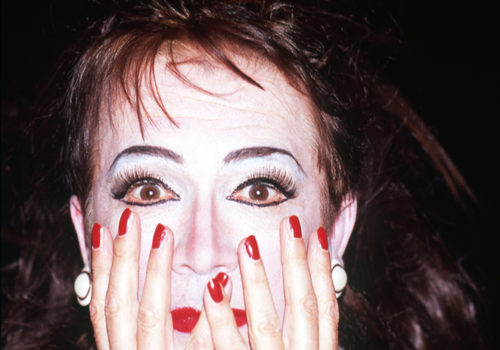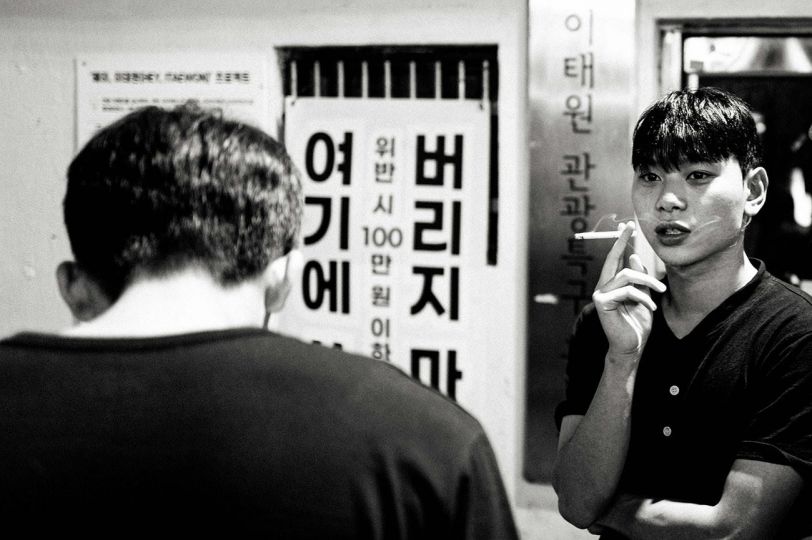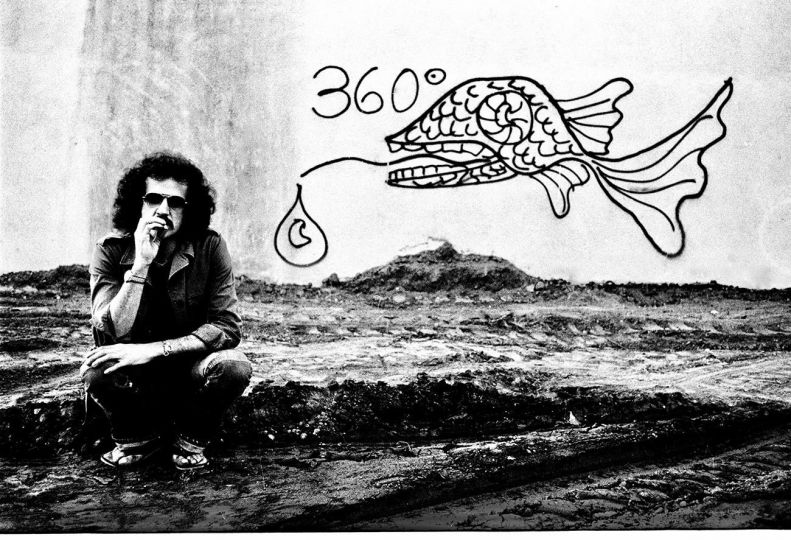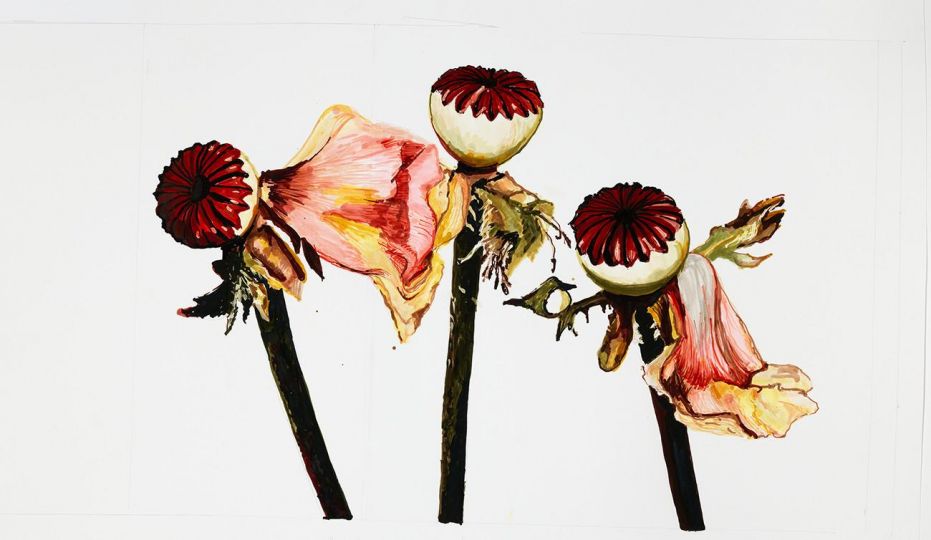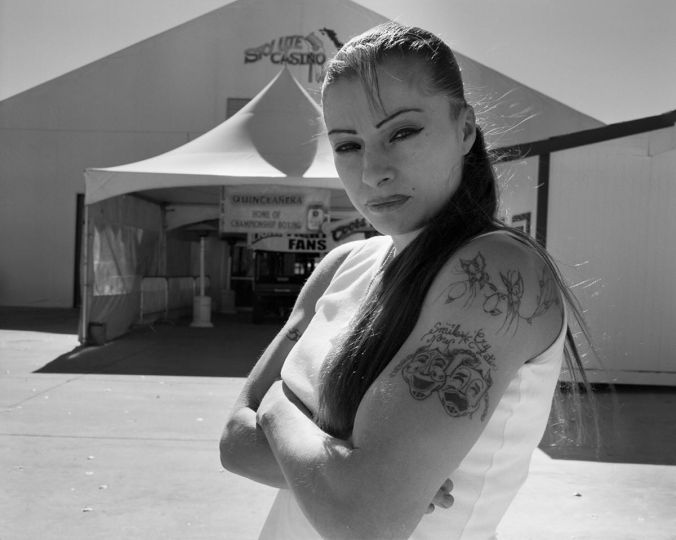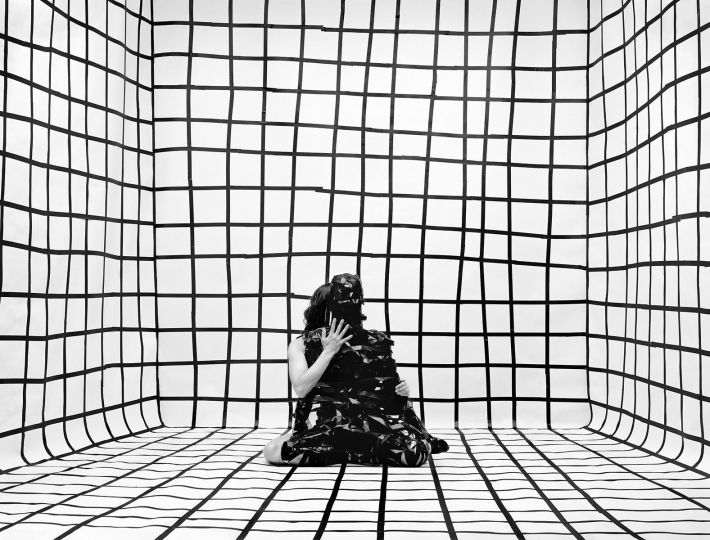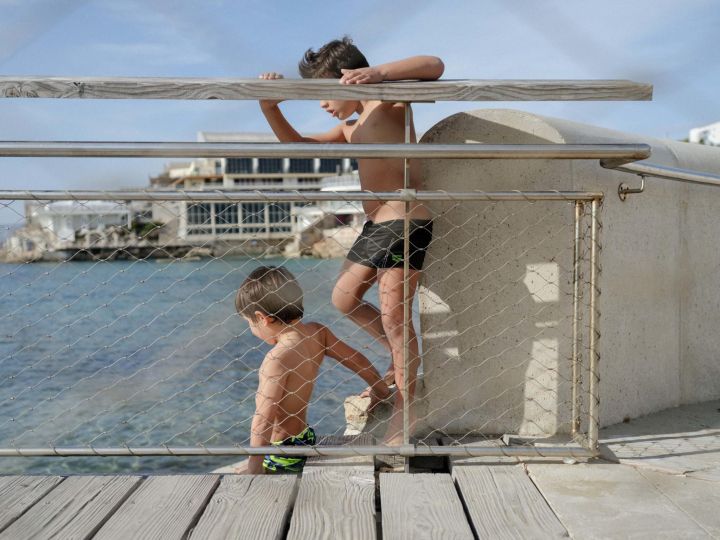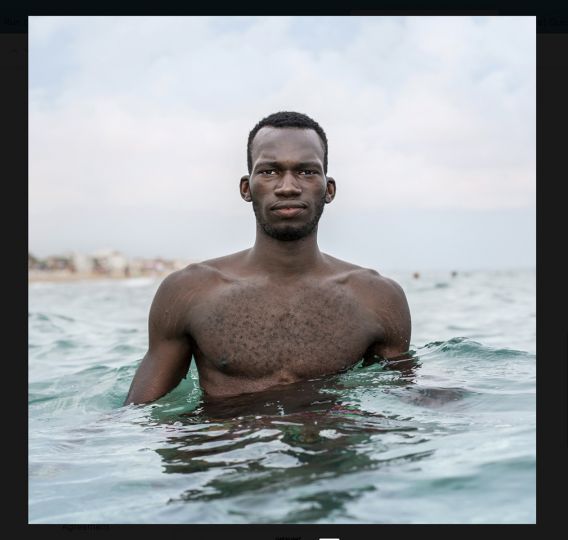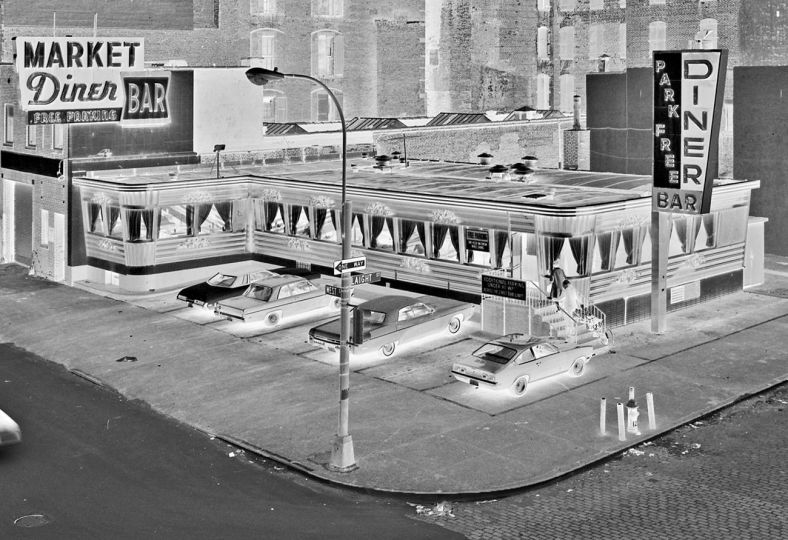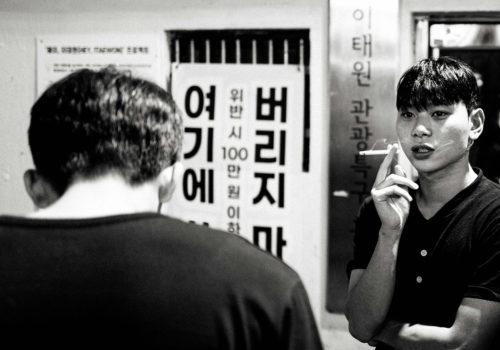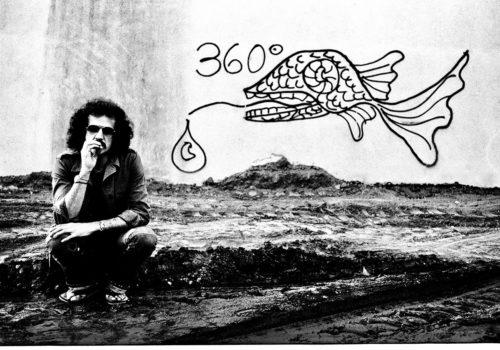The Christophe Gaillard Gallery presents the Unglee exhibition “Like a desire for eternity, the show”.
This “show” brings together a series of photographs on Cibachrome “Like a desire for eternity”, a series of self-portraits of Unglee travesti, adopting the poses and expressions of mythical Hollywood actresses of the 50s.
At a time when the art world is no longer talking about an exhibition but a “show”, it seemed natural to me to build my exhibition as a show. A show is not only a series of songs accompanied by a simple piano, but a show whose sophisticated device is intended to provoke astonishment and emotion in the viewer. Here, the songs are replaced by photographs. The gallery becomes the theater and the walls the scenic space. Far from being reality, a show values artifice in favor of emotion. “Like a desire for eternity, the show” will act the same on the visitor.
The exhibition presents Oh yes! a video and a series of photographs titled Like a desire for eternity that has its source in two early works: a self-portrait realized in 19761, in which I took again the aesthetic codes of the theatrical avant-garde of the 70’s which used the makeup without restraint; and my film Forget Me Not realized in 1979. However the initiating element of this project is a portrait of me realized in 1997 by the artist Pascal Le Coq on which, by the magic of digital editing, I’m seen with a wig.
As a desire for eternity is imbued with the image of the Hollywood stars of the great era of American cinema at the twilight of their lives. When, in 1950, Gloria Swanson turned Billy Wilder’s Sunset Boulevard, she had not appeared on the screens since 1934; when, in 1970, Mae West filmed in Michael Same’s Myra Breckinridge, it had been twenty-seven years since she had left the film studios. It will be eight years to see her in her latest opus, Sextette Ken Hugues (1978) in which, at age 85, she marries Timothy Dalton, the future James Bond, 53 years younger. When, in 1978, Marlène Dietrich made her last appearance at the cinema in David Hemmings’s Just Gigolo (Schöner Gigolo, Armer Gigolo), she was 77 years old and had lived for four years in a recluse in her apartment at number 12 Avenue Montaigne in Paris. Paris.
“What touches me in the interpretation of these actresses is that when they interpreted these roles they knew that for them, the games were made. Yet she wanted to make the illusion that nothing had changed. My interest in characters from American playwrights such as Tennessee Williams, William Inge or Edward Albee and the technique of the Actors Studio helped me to embody my different characters. (…)”
Unglee, October 25, 2018
Unglee became known in the late seventies by his experimental films that have been shown in France and abroad, then in the eighties by his photographs of Tulips. In parallel with his exhibitions, since the beginning of the nineties, he intervened in art journals such as Art Press, Art Presence, Technikart or the Journal of Aesthetics, in which he published his “Disappearances”, fictional obituaries of daily newspapers in which are told about his life and the passion he always had for tulips.
In 2015 all of his 16mm films entered the collections of the Museum of Modern Art from the Georges Pompidou Center in Paris, which dedicated a special evening in December 2015. It was at this time that the Parisian presentation of Tulipe Bleue – Immaterial Sculpture took place at the gallery.
In 2016 he participated in the exhibition “The 1980s Unbearable Lightness” at the Georges Pompidou Center in Paris.
Unglee: Comme un désir d’eternité
December 1, 2018 – January 12, 2019
Galerie Christophe Gaillard
5 rue Chapon
75003 Paris

